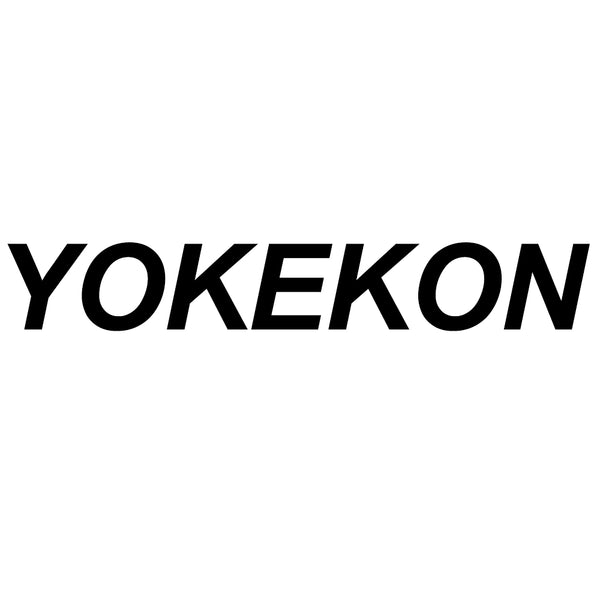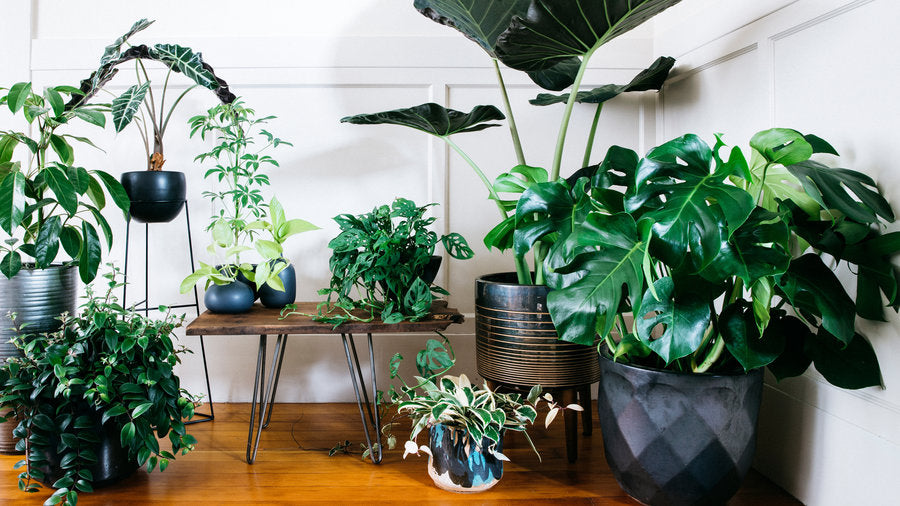Bored of being stuck at home? It is high time to make your indoor environment more comfortable! Room humidifiers will be a perfect helper during the time, they improve air quality and alleviate symptoms of dry air, such as dry skin, sneezing, and coughing. In addition, using a humidifier is also an effective way of preventing colds and the spread of virus, especially during the pandemic.
Here comes the question: when you are deciding which humidifier to choose, you are highly likely to be confused by the various types of the machine. What are the differences among those humidifiers and what are their corresponding pros and cons? Let's check and see!
What are the pros and cons of different humidifiers?
In general, there are four general categories of room humidifiers: cool mist, evaporative, ultrasonic, and warm mist. Each type has pros and cons, indicating that you have to evaluate the qualities of each to determine which best meets the needs of your home.
Cool Mist Humidifiers

A cool-mist humidifier emits a cool vapor to add moisture to the air. Like how your clothes are dried in the open air, a fan blows dry room air through the saturated wick filter, causing the water in the filter to evaporate into the room, thereby adding moisture into the air.
Pros
-
The wick filter ensures that the moisturized air is completely pure, clean, and free of any minerals.
-
Very low power consumption.
-
No safety concerns such as burns.
-
Can add inhalants which makes it nice for people having pulmonary or respiratory problems.
Cons
-
Fans make more operating noise than other types of humidifiers.
-
Most wick filters need to be replaced approximately every 2 months, meaning that more some degree of cleaning and maintenance are required.
-
Bacteria and mold can grow on wick filter, causing contamination.
Evaporative Humidifiers
Evaporative humidifiers are the simplest in design and provide the most basic level of services and features. The idea behind these machines is straightforward: water from the humidifier’s basin is transferred to a wick, which is next to an electric fan. The wick has a large surface area and when the fan is turned on, it blows the evaporated water into the surrounding atmosphere. An evaporative humidifier is also self-regulating since the relative humidity determines the rate at which water evaporates and thus the amount of mist being blown into the air.
Pros
-
The wick filter ensures that the moisturized air is completely pure, clean, and free of any minerals.
-
Very low power consumption and relatively low price.
-
No safety concerns such as burns.
-
Able to humidify a larger area.
Cons
-
Fans make more operating noise than other types of humidifiers.
-
Most wick filters need to be replaced approximately every 2 months, meaning that more some degree of cleaning and maintenance are required.
-
Bacteria and mold can grow on wick filter, causing contamination.
Ultrasonic humidifiers

An ultrasonic humidifier uses the power of high frequency sound waves to vibrate a metal diaphragm at an "ultrasonic" frequency to create water droplets that are added to the air.
Pros
-
The quietest humidifiers among all types.
-
Very energy efficient.
-
No safety concerns such as burns.
-
Usually better than the cool mist type in terms of humidifying efficiency.
Cons
-
Bacteria and mold can easily grow in the water tank, meaning that more some degree of cleaning and maintenance are required.
-
Any minerals or impurities that are present in the water are released into the air with the mist, causing white dust problem.
Warm mist humidifiers

A warm mist humidifier uses a heating element to boil the water in the humidifier and releases it into the air in the form of a warm steam.
Pros
-
Warm mist steam humidifiers are quieter than cool mist humidifiers.
-
Since the heating element boils the water, the pure steam which rises into the air is free of all minerals and impurities. No contamination concerns.
-
Cleaning and maintenance are rather simple.
-
Highest humidifying efficiency among all types.
Cons
-
Risk of burns exists, therefore it is not suitable for family with children or the elderly.
-
High power consumption.
How to choose the most suitable humidifier for your family?
When considering the purchase of a humidifier for your family, firstly you may need to decide how much square footage you are aiming to cover and how many rooms. There are different sizes of humidifiers and they each have a different humidifier rating, as well as square footage usually covered. You may also consider your budget on humidifier as cool mist/evaporative humidifiers are generally cheaper than warm mist and ultrasonic ones.
In addition, there are mainly five key points for you to check: power consumption, maintenance, humidifying power, safety, and operating noise. Although detailed types of humidifiers may differ even within the same category, here is a general comparison among the above-mentioned three categories of humidifiers.
Power consumption: Cool mist < Ultrasonic < Warm mist (low ・・・high)
Maintenance: Warm mist < Ultrasonic ≈ Cool mist (easy ・・・complicated)
Humidifying power: Cool mist < Ultrasonic < Warm mist (low ・・・high)
Safety: Warm mist < Ultrasonic ≈ Cool mist (low ・・・high)
Operating noise: Ultrasonic < Warm mist < Cool mist (low ・・・high)

Therefore, based on the size and type of the room that you want to place the humidifier, it is important for you to take these factors into concern when selecting among various types.
Now that you have a general understanding of different types of room humidifiers and their strengths and weaknesses, without hesitation, go and find the perfect match for your home!

